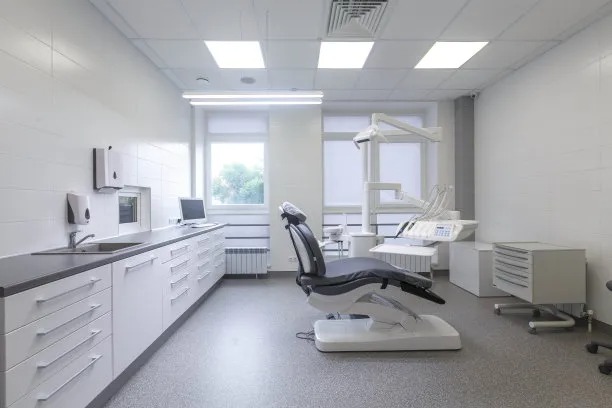The Essential Guide to Extracting a Tooth Safely and Comfortably for Optimal Oral Health Benefits
Summary: Extracting a tooth can be a daunting experience, but when approached with care and expertise, it can be performed safely and comfortably. This guide aims to provide valuable insights into the tooth extraction process, ensuring that patients are well-informed and confident in their choice. We will explore the reasons for tooth extraction, the crucial steps to ensure safety and comfort during the procedure, effective post-extraction care tips, and the long-term benefits of maintaining optimal oral health. By understanding these aspects, patients can navigate their dental experiences with ease and anticipate a smoother recovery.
1. Reasons for Tooth Extraction Explained

Tooth extraction may be necessary for various reasons, including severe decay, overcrowding, or impaction. When tooth decay reaches the pulp of the tooth and becomes infected, extraction might be the best solution to prevent further complications. This is especially true as infections can lead to serious health issues if left untreated.
Overcrowding is another common reason for tooth removal. In some cases, jaws may not have enough space to accommodate all teeth properly, which can lead to misalignment or other dental issues. Extracting one or more teeth can create the necessary space for alignment and dental procedures like braces.
Wisdom teeth, typically the last to emerge, are often impacted due to lack of space. This can cause pain, swelling, and infection risk. Removal of impacted wisdom teeth is a common practice to prevent these problems from affecting oral health.
2. Ensuring Safety During Tooth Extraction
The first step in ensuring a safe extraction is a thorough dental examination. Dentists will assess the tooth in question, review medical history, and conduct any necessary imaging, such as X-rays. This process helps identify any underlying issues and allows the dental professional to prepare accordingly for the procedure.
During the extraction, local anesthesia will be administered to minimize discomfort. Some patients may opt for sedation dentistry if they experience anxiety. The dentist will guide patients through the process, explaining each step to provide reassurance and clarity. Maintaining communication throughout the procedure can greatly reduce anxiety levels.
Post-operative care is critical for safety. Dentists will provide specific instructions to manage pain and prevent infections, such as taking prescribed medications and applying ice packs to reduce swelling. Following these instructions meticulously can significantly impact recovery time and overall safety post-extraction.
3. Comfort Measures for Patients During Procedures
Comfort during tooth extraction begins long before the procedure is performed. Patients are encouraged to communicate concerns or fears with their dentist, who can tailor the experience to address these worries. Understanding the procedure can help reduce fear and foster a sense of control.
The use of anesthetics is vital for comfort. Local anesthesia numbs the area around the tooth, while sedation options such as nitrous oxide can help patients feel more relaxed throughout the extraction process. Dentists prioritize patient comfort and can adjust sedation levels based on individual needs.
Additionally, creating a calming environment can help ease anxiety. Practices such as playing soft music or keeping the office staff pleasant and positive contribute to a less stressful experience. This attention to patient comfort plays a crucial role in the entire extraction process, making it as pleasant as possible.
4. Post-Extraction Care for Optimal Recovery
Proper post-extraction care is essential to promote healing and prevent complications. Patients should follow their dentist’s aftercare instructions, which may include rest, pain management, and dietary recommendations. Soft foods and adequate hydration can aid in recovery while avoiding hard or crunchy foods that may irritate the extraction site.
Oral hygiene is also crucial after the procedure. Patients are usually advised to avoid vigorous rinsing or brushing around the extraction site for the first 24 hours to allow the blood clot to form. Gentle brushing of adjacent teeth and using mild saltwater rinses after the initial period can help keep the mouth clean.
Monitoring any symptoms post-extraction is vital. While some discomfort and swelling are expected, severe pain, prolonged bleeding, or signs of infection should be reported to the dentist immediately. Quick attention to these issues can help ensure a smooth and healthy recovery process.
Summary:
In conclusion, understanding the tooth extraction process involves knowing the reasons behind extractions, safety measures taken during procedures, comfort strategies for patients, and essential post-care practices. By empowering patients with knowledge, they can alleviate anxiety and approach their dental experiences confidently.
This article is compiled by Vickong Dental and the content is for reference only.



